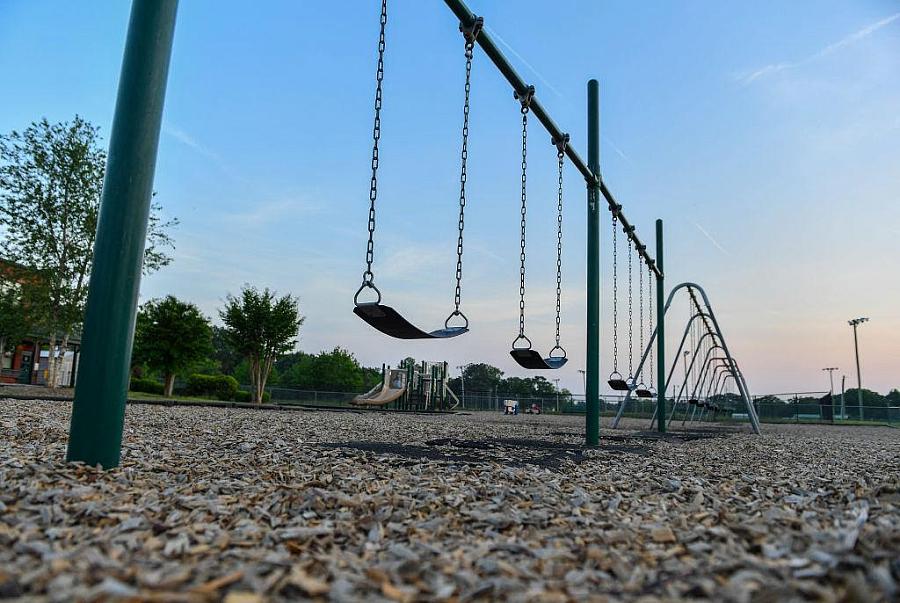The Health Divide: What state gun laws can tell us about the shooting deaths of children

(Photo by Ricky Carioti/The Washington Post via Getty Images)
Cars are safer, in no small part due to federal and state requirements for crash protection. Childhood cancer deaths have fallen, thanks to government investments in research. But firearm deaths have soared to become the No. 1 killer of children and teens in the U.S.
Over the past few years, Faust, an assistant professor of emergency medicine at Harvard, and a group of colleagues have turned to big data to answer a big question: “What policies and decisions are we making as a society that are having a really measurable impact on the way we live and die?”
During a family vacation in Mexico, he began graphing data on pediatric gun deaths from 1998 to 2020. He started with the Northeast, where he lives, and says he was floored to see they hadn’t changed over the years. He wanted to find out what was happening elsewhere and chose the South, where gun laws are much less restrictive. The data showed that youth deaths were skyrocketing there.
He and his colleagues set about a more rigorous analysis of the mortality trends nationwide and the legal backdrop in each state.
“The academic in me is never going to say causality,” he said. “But the person with a functioning brain is going to say I’m worried about a causal relationship.”
The appendices of Faust’s paper are a trove of information for reporters covering gun violence. They’re also worth checking out as background for any story about the fatal shooting of a child.
The paper categorizes states as “most permissive,” “permissive” or “strict” based on scoring by the Giffords Law Center, Everytown for Gun Safety and Brady. The study also includes a state-by-state list of gun laws enacted from 1999 to 2023. At the permissive end are laws allowing gun owners to carry weapons into churches, bars, restaurants or government buildings, and laws forbidding local police from enforcing certain federal gun restrictions. At the strict end are ghost-gun bans, “red flag” laws allowing authorities to temporarily remove firearms from owners deemed dangerous, restrictions on sales and prohibitions or limitations on rapid-fire weapons.
In last week’s Health Divide column, James Causey detailed the disproportionate toll of gun violence on African Americans and the importance of violence prevention and interrupter programs. But earlier this year, the Trump administration withdrew roughly $500 million in public safety grants pledged to hundreds of community-based organizations across the country, forcing cuts in staff and service.
Meanwhile, the administration wants to make guns even easier to obtain. It has proposed a change that would make it simpler for people convicted of crimes to have their gun rights restored, a policy that would have serious implications for domestic violence survivors.
Addressing gun deaths and injuries does not seem to be on the administration’s agenda. The MAHA (Make our Children Healthy Again) report on children’s health focuses on chronic disease, and says nothing about guns.
“A report about kids’ health skipping the leading cause of death in kids?” Faust said. “It's hard to take the Trump administration seriously on their desire to improve outcomes.”
We often speak of gun violence in this country as an epidemic. Yet the problem doesn’t exactly meet the standard definition: a sudden, rapid spread or development. The problem squarely fits the definition of chronic: continuing or occurring again and again. If only the current obsession with chronic illness took aim at the chronic condition killing so many young people.

